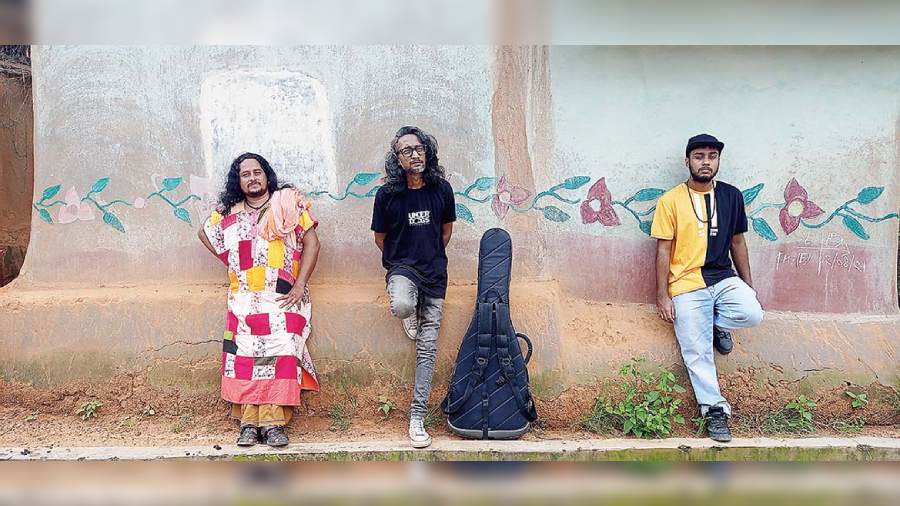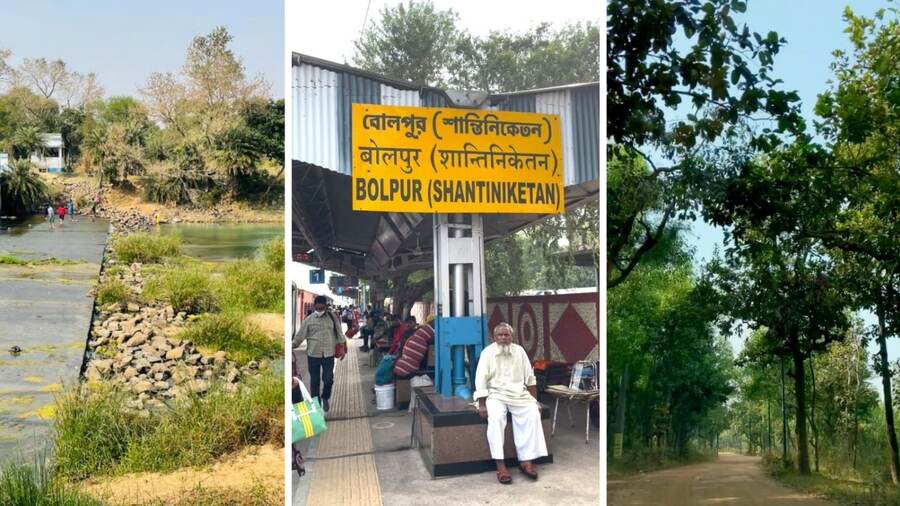Rongo Koro Na, produced by Ritaprabha Ratul Ray, is a unique sonic convergence between Bangla folk music (Raju Das Baul), and Bangla rap (Cizzy), woven together by Ritaprabha and his music, all three beautifully converging to talk about pressing socio-political issues.
Shot against the picturesque backdrop of the Sonajhuri forest, the new music video puts forth the faces of the working class people. The Telegraph had a chat with Ratul...
What is the song about?
Rongo Koro Na was conceptualised during the second wave of the pandemic, when there was utter despair all across the country, with nobody stepping up to take responsibility and do what was necessary. The song and the music video seek to bring out the faces of the corrupt institutions in power and put forth the faces of the working class people.
How is the sound?
With the sonic convergence, there’s also Latin American grooves layered with cinematic strings, horns and ambient guitars. Mixed and mastered by Rhitabrata Kar, the soundscape is a beautiful coming together of both old-school aesthetics and modern production techniques.
How was the collaboration?
The song (originally written by Palligeeti exponent Ray Kedar) was produced remotely with all three artistes based out of different cities and belonging to three varied disciplines. I was based out of Mumbai and after the ideation of the project, got in touch with Raju at Bolpur and Cizzy in Kolkata. While the Baul part of the track reflects a grassroot take on the social issues, the urban portrayal of it comes through fiery Bangla rap verses.
Lastly, I wanted to collaborate with an artiste for the album cover who could represent this entire project concept and Joyeeta Bose came onboard to create a powerful cover artwork and calligraphy in her own unique style.
How was the shooting experience?
The music video, directed and edited by Rahul Guha, has been shot at Santiniketan, against the backdrop of Sonajhuri forest and the Kopai river.
Cinematography, by Joydeep Das, brings to life the vivid set-up in question — rural Bengal and its people. Shooting in the remote tribal villages, amidst the vibrant smiling faces seen in the video, pretty much sums up our shooting experience — fascinating and worthwhile.


